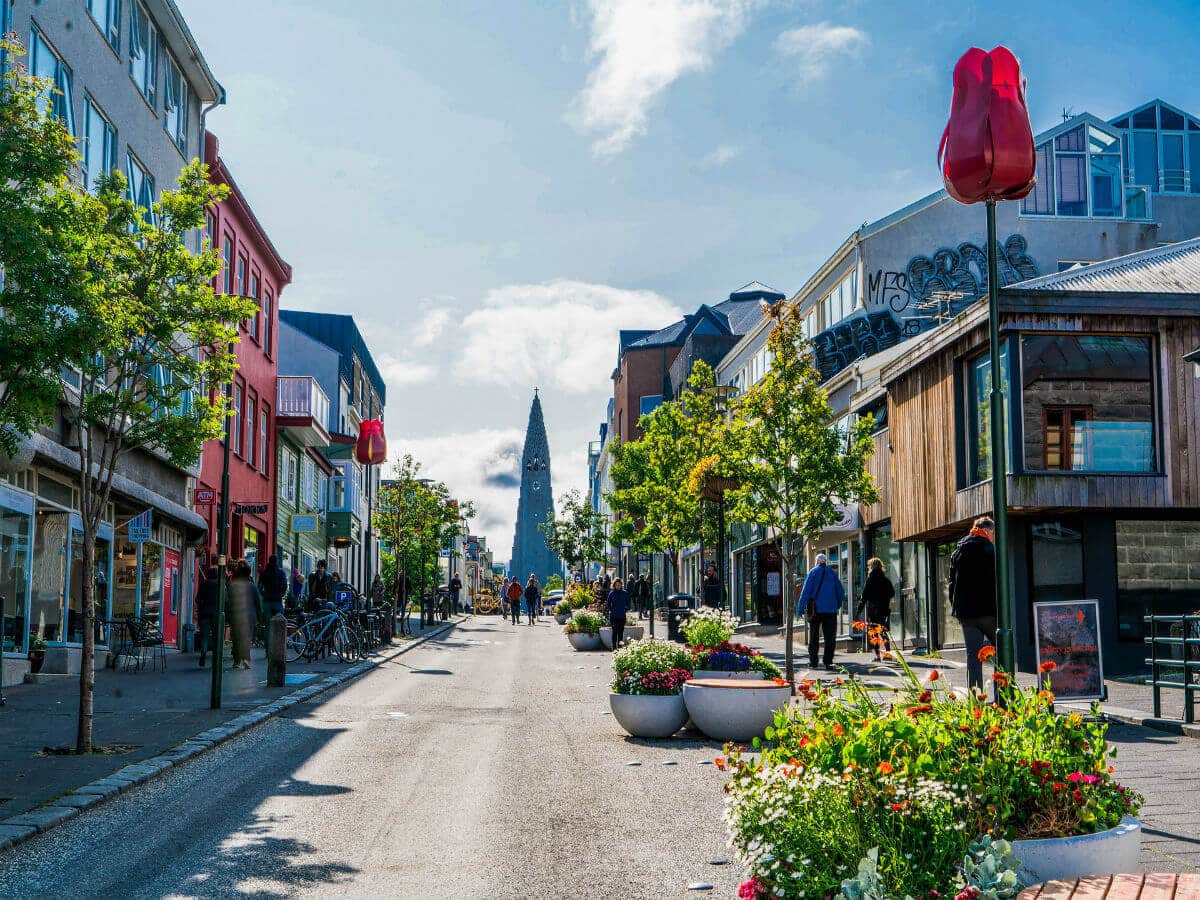The landscape of Iceland is highly photogenic, including fjords and glaciers that attract travellers all year round. While deciding when to book our Iceland tour packages, you need to keep in mind the activities you’re hoping to participate in. While the hot springs can be enjoyed throughout the year, natural phenomena such as the midnight sun and northern lights provide the best view during certain months.
The high season in Iceland lasts from June to August. While the shoulder season is from April to May and September to October, Iceland experiences its low season from November to April. Let’s take a look at what each season in Iceland brings about so you can decide when to book our Iceland tour packages.
From April, the temperature begins to rise in Iceland. While the average high temperature can be about 5 degrees Celsius, the average lows can go below freezing. The temperature during this season remains between -1 degree Celsius to 6 degrees Celsius. As spring moves forward, the days become longer, and you get to see more sunlight. The snow and rain reduce significantly as well, therefore providing better conditions for the roads and giving more access to the mountainous areas. However, if you travel at this time, be ready for the weather to change drastically and randomly at any given time.
Since this is the off-season, you can find more affordable deals on accommodation, flights, and car rentals. While some of the remote places of the country could remain inaccessible, the more famous sightseeing spots such as the Blue Lagoon can be enjoyed with fewer crowds. Make sure to carry all your winter essentials during this period, such as boots, socks, woollen clothes, and thermals. The festivals you can enjoy during spring in Iceland include the Rite of Spring Festival. Engage in activities like fishing, horse riding, hiking, birdwatching, and whale watching during this season.
The temperature during the summer season in Iceland oscillates between 4 degrees Celsius to 15 degrees Celsius. With the temperature going down, it’s not a surprise that this is the peak tourist season in Iceland. On a warm day, the temperature can go up to 15 degrees Celsius, and due to Iceland’s proximity to the Arctic Circle, that very temperature could drop 10 degrees on another day. Summers in the country have barely any rainfall and plenty of sunshine. You will get to witness the phenomenon of the midnight sun at this time.
The peak season in Iceland means expensive flights, crowded areas, and packed hotels. If you’re planning to visit Iceland during the summer, make sure to book our Iceland tour packages in advance. The festivals one can enjoy at this time include the Festival of the Sea, Secret Solstice Festival, Annual Viking Festival, Innipukinn Music Festival, and Menningarnott. Remember to pack warm clothes even though it’s the summer season and try to go sightseeing at the popular attractions after lunch.
When Iceland welcomes autumn, the temperature drops and the landscape turns more earthy. The temperature remains between 3 degrees Celsius to 11 degrees Celsius, with the nights being as cold as 3 degrees Celsius and the days oscillating between 8 degrees Celsius to 10 degrees Celsius. Once the season moves forward, the level of precipitation increases, and the air becomes cooler and crisper. There are, however, certain weeks in autumn that are perfect for outdoor activities.
With winter approaching, several of the remote and mountainous regions begin to get blocked off. Therefore, keep that in mind before finalising your activities. The festivals that take place in Iceland during this season include the Reykjavik International Film Festival and the Iceland Airwaves.
During the winter season, the temperature in Iceland remains between -3 degrees Celsius to 3 degrees Celsius. There is very little daylight during this time, and you can expect snow, rainfall, and fog. While you might wonder why you should visit Iceland at this time, the northern lights offer a perfectly good reason for you to do so. With the extended hours of darkness, you can travel to the countryside to view the northern lights in all their glory.
Make sure to pack sturdy hiking boots if you plan on experiencing an Icelandic winter. The festivals that tourists can enjoy during this time include Christmas, New Year, Winter Lights Festival, Food and Fun Festival, Beer Day, and the Reykjavic Folk Festival. Although the winter months in Iceland are pretty dark and cold, it does allow travellers to have a more budget-friendly time in the country.
















